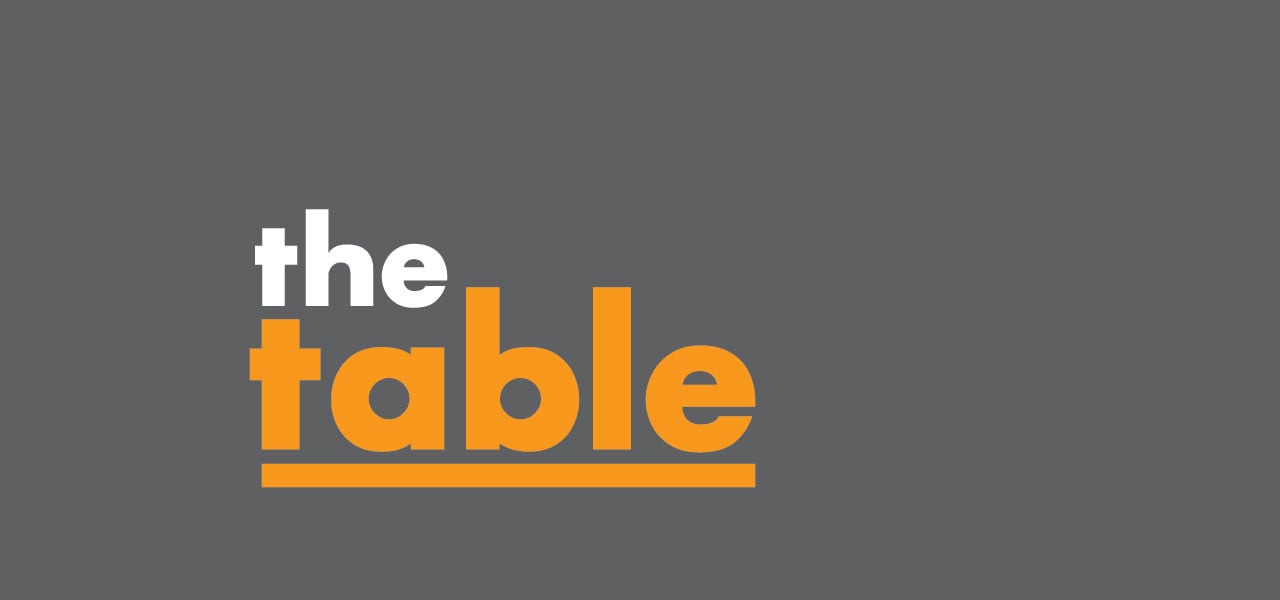Yesterday, at The Table, I got to talk to about one of my loves—analytics. We use analytics here at Fishhook to help set goals, figure out what's working and assess what's not.
Yesterday, at The Table, I got to talk to about one of my loves—analytics.
We use analytics here at Fishhook to help set goals, figure out what's working and assess what's not.
For churches, we believe analytics and data can help you:
-
Gain new insight into your audience.
-
Increase online engagement.
-
Add credibility to your goals.
Here's a look at the main points I covered while looking into Google, Facebook and Twitter analytics.
GOOGLE
Tip: Look at it a month at a time. This will give you just enough data to be dangerous, but it isn’t going to overwhelm you.
One of the main questions we answered using Google Analytics was, "Who is our audience?"
To start painting a picture of your audience, focus on these sections under Audience Overview:
-
Sessions: How many people have visited your page? It is nice to know how many unique people come to the website, but sessions show that people are coming back to re-engage.
-
The Little Pie Chart: This shows first time visitors versus how many people are returning viewers. Knowing this number is helpful as you think through how to reach the new visitors.
-
Peak days of use & peak hours of use: This gives you an exact breakdown of how many people are visiting when. Anytime you see a huge spike in your analytics, you want to dig deeper to find out why it’s there.
FACEBOOK
TIP: Look at it weekly so you can make changes often to adjust timely content when needed. Click insights to see it all!
Posts: It is going to show you exactly what days and times people are engaging with your content. Use this to help you understand when to post so you meet people when they are naturally there.
Use your post listing to see what people care most about and how many people liked, shared, or commented on a post.
People: Facebook shows us the age bracket and gender of our audience, as well as what percentage of the people engaging with you are actually your fans.
TWITTER
These analytics are very basic so it's easy to digest once a month. Look at:
-
Your top tweet: This shows you what people are engaging with most. It is okay to tweet the same content more than once because the average life of a tweet is very short. How can you repurpose content so you are tweeting the same content in different ways at different times?
-
Your top follower: This looks at your most recent new follower with the largest sphere of influence (followers) so you can think through how you can partner with them.
-
Your top mention: Look at it to see how you can figure out who is already a top influencer for your brand and then brainstorm how you can stay connected with them.
Remember: ANALYTICS ARE NOT MEANT TO OVERWHELM YOU, THEY ARE MEANT TO EMPOWER YOU!
Take the guesswork out of data: Click here to download the Monthly Analytics Checklist!
If you weren't able to make it to The Table, we'll also be talking about web analytics at our July webinar! Click here to register.
